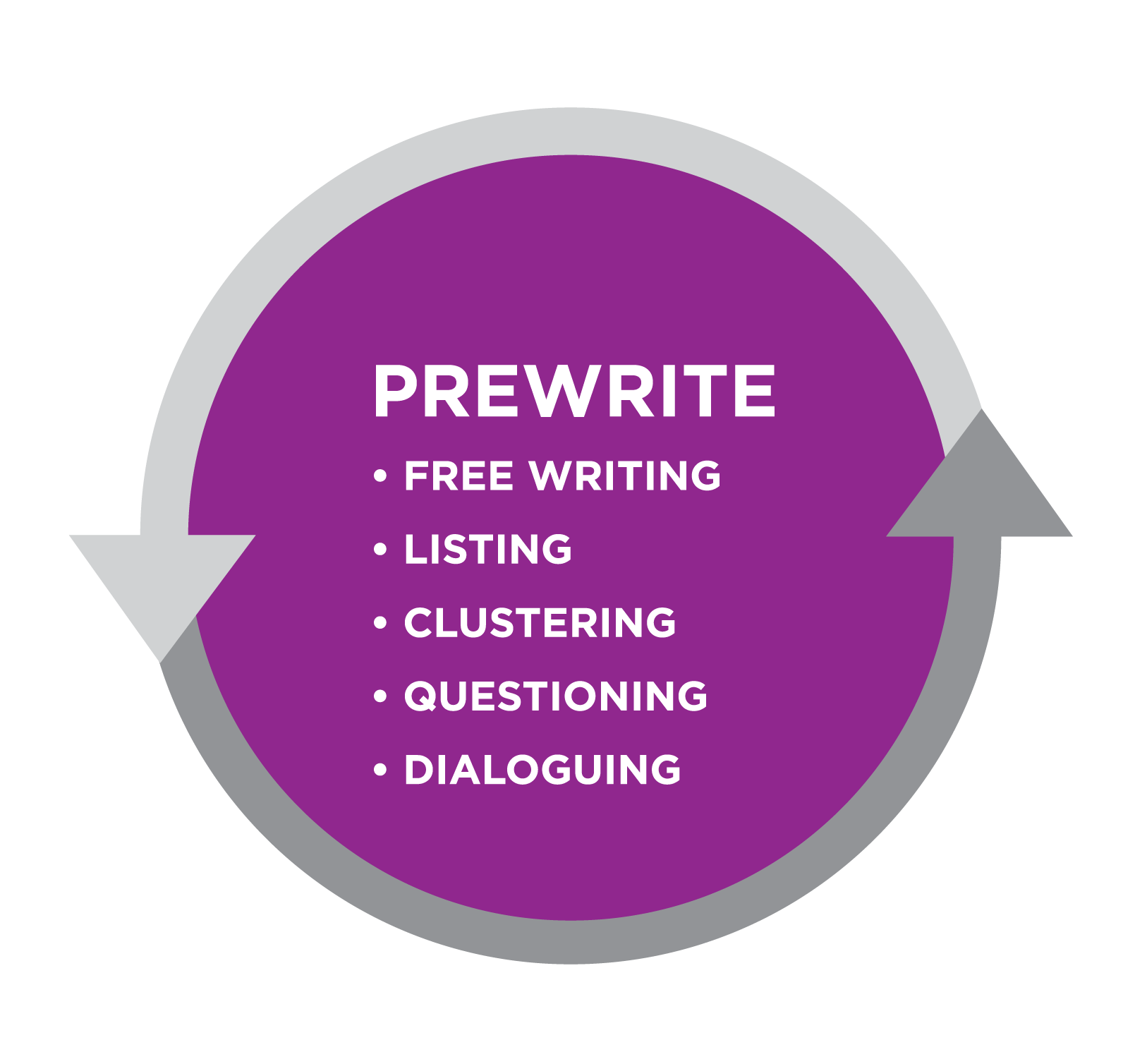Identify Prewriting Activities
Many students — and some teachers — want to skip the pre-writing stage of the writing process because they see it as unnecessarily burdensome and time-consuming. However, teachers who dismiss the pre-writing stage as being completely unnecessary are performing a disservice to many of their students. Pre-writing is an essential part of the entire writing process because it enables you to begin documenting the process by which the eventual essay will be formed and evaluated.
The term “pre-writing” may be a bit misleading because writing can and often does occur at this critical stage. For example, written notes and outlines, including graphic organizers, can serve as a record of one’s ideas and the sources of those ideas. A preliminary thesis or hypothesis could inform the process and the product.
Many people do brainstorm via their thoughts without recording those ideas and sources in permanent form prior to the next steps in the writing process. Most developing writers, however, need to record their pre-writing ideas in permanent form so that those ideas can clearly inform and guide the thinking and writing process, resulting in a coherent, well-organized product or text.
What You Will Learn to Do
- identify purpose and defining characteristics of prewriting
- identify various prewriting strategies, including freewriting, listing, questioning, clustering, and dialoguing
- identify rhetorical context for the writing task
- identify working thesis statement
Contribute!
Candela Citations
- Revision and Adaptation. Provided by: Lumen Learning. License: CC BY-NC-SA: Attribution-NonCommercial-ShareAlike
- Image of Prewrite. Authored by: Kim Louie for Lumen Learning. License: CC BY: Attribution
- Pre-writing. Authored by: Vinetta Bell. Provided by: Learn NC. Located at: http://www.learnnc.org/lp/editions/writing-process/5805. License: CC BY-NC-SA: Attribution-NonCommercial-ShareAlike
- Image of outline. Authored by: dmscvan. Located at: https://flic.kr/p/hjtg3. License: CC BY-NC-ND: Attribution-NonCommercial-NoDerivatives
